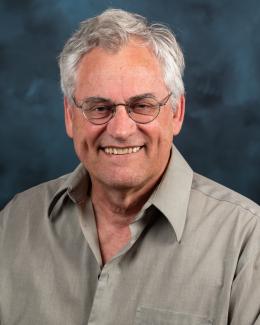Abstract
The Majorana Demonstrator neutrinoless double-beta decay experiment comprises a 44 kg (30 kg enriched in 76Ge) array of p-type, point-contact germanium detectors. With its unprecedented energy resolution and ultralow backgrounds, Majorana also searches for rare event signatures from beyond standard model physics in the low energy region below 100 keV. In this Letter, we test the continuous spontaneous localization (CSL) model, one of the mathematically well-motivated wave function collapse models aimed at solving the long-standing unresolved quantum mechanical measurement problem. While the CSL predicts the existence of a detectable radiation signature in the x-ray domain, we find no evidence of such radiation in the 19–100 keV range in a 37.5 kg-y enriched germanium exposure collected between December 31, 2015, and November 27, 2019, with the Demonstrator. We explored both the non-mass-proportional (n-m-p) and the mass-proportional (m-p) versions of the CSL with two different assumptions: that only the quasifree electrons can emit the x-ray radiation and that the nucleus can coherently emit an amplified radiation. In all cases, we set the most stringent upper limit to date for the white CSL model on the collapse rate, λ, providing a factor of 40–100 improvement in sensitivity over comparable searches. Our limit is the most stringent for large parts of the allowed parameter space. If the result is interpreted in terms of the Diòsi-Penrose gravitational wave function collapse model, the lower bound with a 95% confidence level is almost an order of magnitude improvement over the previous best limit.




